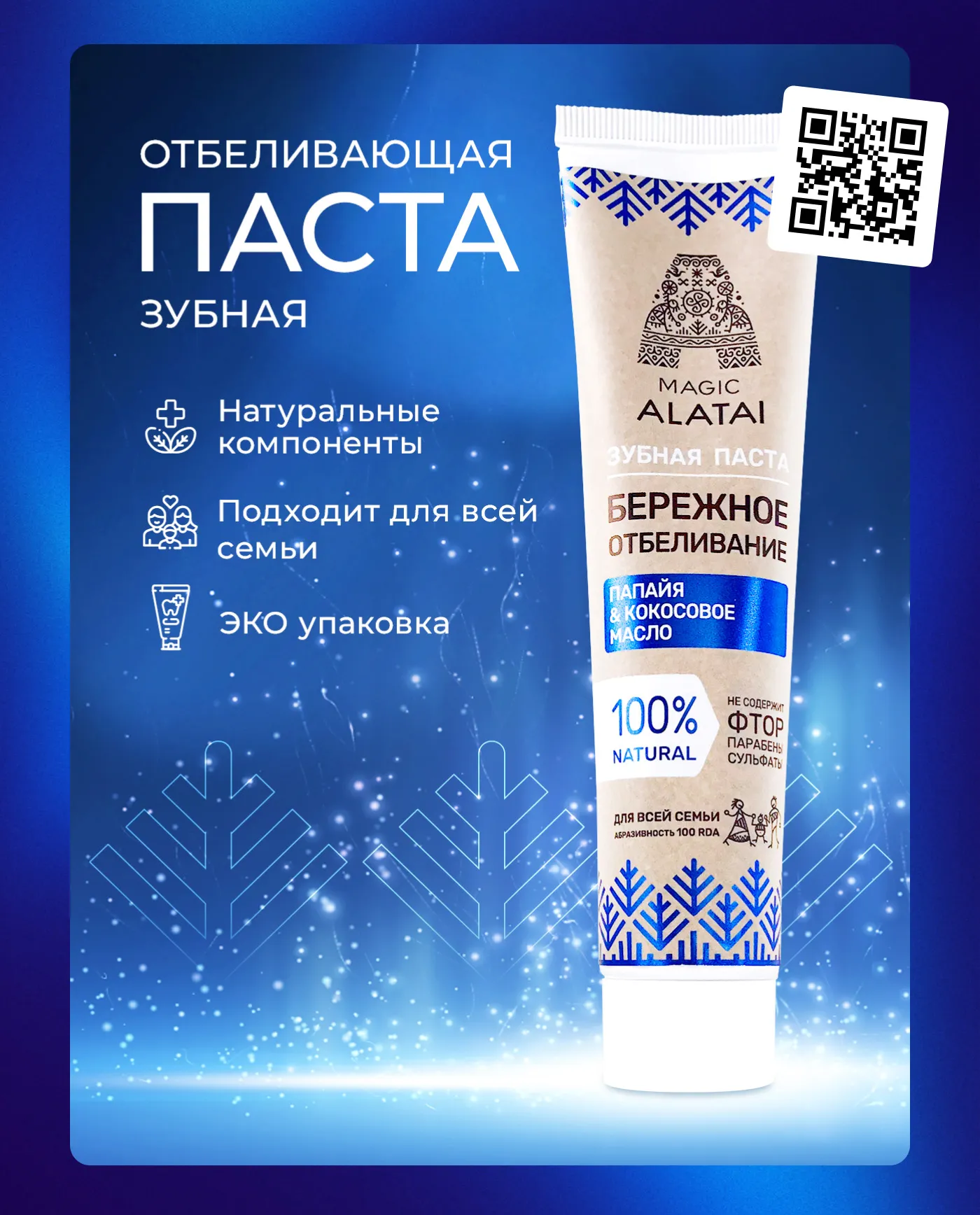What is Whitening Toothpaste
Whitening toothpaste has become a staple in many people’s oral hygiene routines, promising brighter, whiter smiles. But what exactly is it, and how does it work? Whitening toothpaste is designed to remove surface stains and, in some cases, slightly lighten the overall shade of your teeth. Unlike professional whitening treatments, these toothpastes don’t change the intrinsic color of your teeth. Instead, they focus on removing the extrinsic stains that accumulate from food, drinks, and lifestyle choices. They offer a convenient and accessible way to enhance your smile, available over the counter without the need for a dental visit. Understanding how they work is key to setting realistic expectations and choosing the right product for your needs.
How Whitening Toothpaste Works
Whitening toothpaste employs a variety of mechanisms to achieve its effects. These mechanisms primarily target the removal of stains that have accumulated on the surface of your teeth. They use abrasive agents and chemical reactions to lift and break down these stains. However, the effectiveness can vary depending on the specific ingredients, the type of stains, and the individual’s oral health habits. The primary goal of whitening toothpastes is to improve the appearance of the teeth by tackling discoloration caused by daily habits such as coffee, tea, and smoking. This approach makes them suitable for those looking to refresh their smile without undergoing more intensive treatments.
Abrasion and Whitening
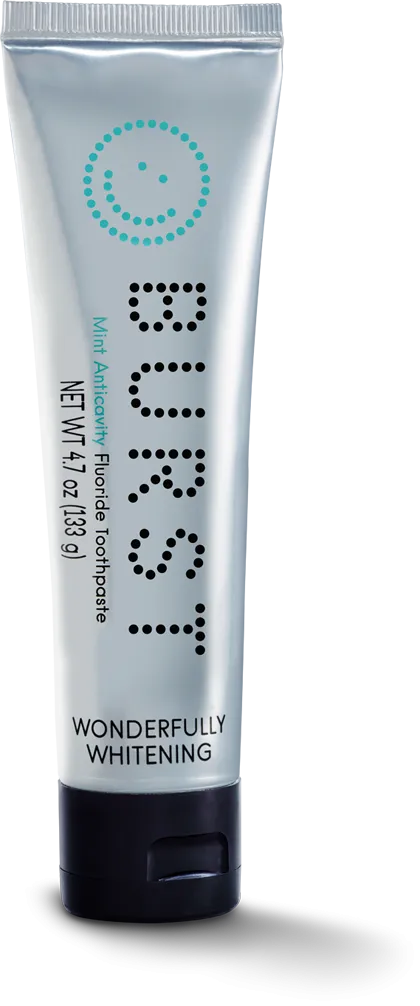
Many whitening toothpastes contain mild abrasive agents, such as hydrated silica or calcium carbonate. These act like tiny polishers, gently scrubbing away surface stains. Think of it like buffing a car; the abrasive action helps remove dirt and grime that dull the surface. The level of abrasiveness is carefully controlled to avoid damaging the enamel. While effective at removing stains, excessive abrasion can potentially wear down enamel over time, increasing sensitivity. That’s why choosing a toothpaste with a balanced approach, incorporating both effective cleaning and enamel protection, is key to maintaining long-term oral health. Always consult with a dentist if you have concerns about abrasiveness.
Chemical Reactions
Some whitening toothpastes contain chemical agents, most commonly hydrogen peroxide or similar compounds. These agents work by penetrating the enamel and breaking down stain molecules. Hydrogen peroxide is a bleaching agent that oxidizes the stain molecules, making them less visible. This process is similar to the one used in professional teeth whitening treatments, but at a much lower concentration. The effectiveness of these chemical reactions depends on the concentration of the active ingredients and the duration of contact with the teeth. These types of whitening toothpastes are generally more effective at removing deeper stains than those that rely solely on abrasion.
The Top 5 Facts about Whitening Toothpaste
Fact 1 The Ingredients
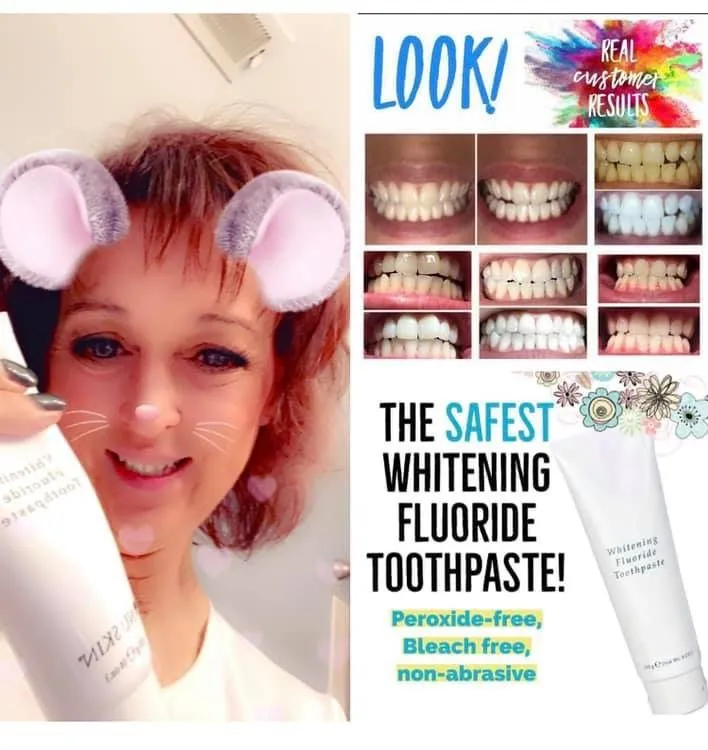
Whitening toothpastes contain a mix of ingredients designed to achieve a brighter smile. Key components include abrasive agents like hydrated silica to physically remove stains. These work alongside chemical agents like hydrogen peroxide or carbamide peroxide, which bleach the teeth. Fluoride is also included to strengthen enamel and prevent cavities. Other ingredients can include detergents for cleaning, flavorings for taste, and binders to hold the toothpaste together. The specific combination and concentration of these ingredients determine the toothpaste’s effectiveness and potential side effects. Careful consideration of these ingredients helps you choose a product that meets your individual oral health needs.
Fact 2 Removes Surface Stains
The primary function of whitening toothpaste is to remove surface stains. These stains accumulate from everyday activities like drinking coffee, tea, wine, and smoking. The abrasive particles in the toothpaste gently scrub away these stains, revealing a brighter enamel surface. This action can make your teeth appear whiter and improve your smile’s overall appearance. The degree of stain removal depends on the type of stain and the ingredients of the toothpaste. Regular use, combined with good oral hygiene, can significantly reduce surface stains and maintain a polished look. However, it is not a permanent solution, and new stains will appear over time with continued exposure to staining agents.
Fact 3 Not a Permanent Solution
Whitening toothpaste offers a temporary solution for a brighter smile, but it is not a permanent fix. The effects are primarily limited to removing surface stains, and these stains will gradually return over time due to diet, lifestyle, and aging. Unlike professional whitening treatments that can change the intrinsic color of your teeth, whitening toothpaste only addresses the stains on the surface. To maintain the whitening effect, consistent use of the toothpaste, along with good oral hygiene and avoidance of staining agents, is essential. It is also important to understand that the degree of whitening achievable with toothpaste is limited compared to professional treatments.
Fact 4 Sensitivity and Side Effects
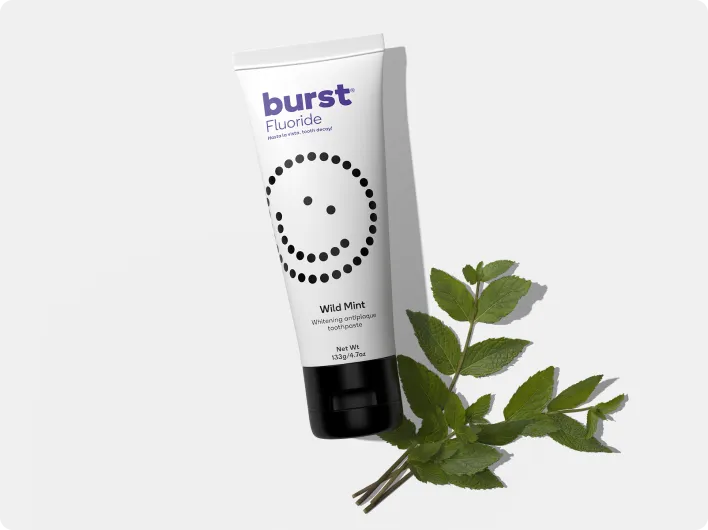
Whitening toothpastes can sometimes cause temporary tooth sensitivity and gum irritation. The abrasive agents in the toothpaste can, in some cases, wear down the enamel, especially if used aggressively or with a hard-bristled toothbrush. The chemical agents, like hydrogen peroxide, can also cause irritation to the soft tissues in the mouth. If you experience sensitivity, it is important to reduce the frequency of use, switch to a less abrasive toothpaste, or consult with your dentist. In most cases, side effects are mild and temporary. However, it’s crucial to monitor your oral health and adjust your routine as needed to prevent any potential long-term damage.
Fact 5 Effectiveness Varies
The effectiveness of whitening toothpaste varies depending on the type of stains, the ingredients, and the individual’s oral health. Surface stains from coffee, tea, and smoking are generally easier to remove than deeper, intrinsic stains. Toothpastes with higher concentrations of abrasive or chemical agents may be more effective, but they can also increase the risk of sensitivity. Individual factors, such as enamel thickness and existing dental work, can also affect the results. Some people may see noticeable improvements in a few weeks, while others may see minimal changes. It’s important to have realistic expectations and to combine whitening toothpaste with a comprehensive oral hygiene routine for the best results.
Choosing the Right Whitening Toothpaste
Considerations When Selecting
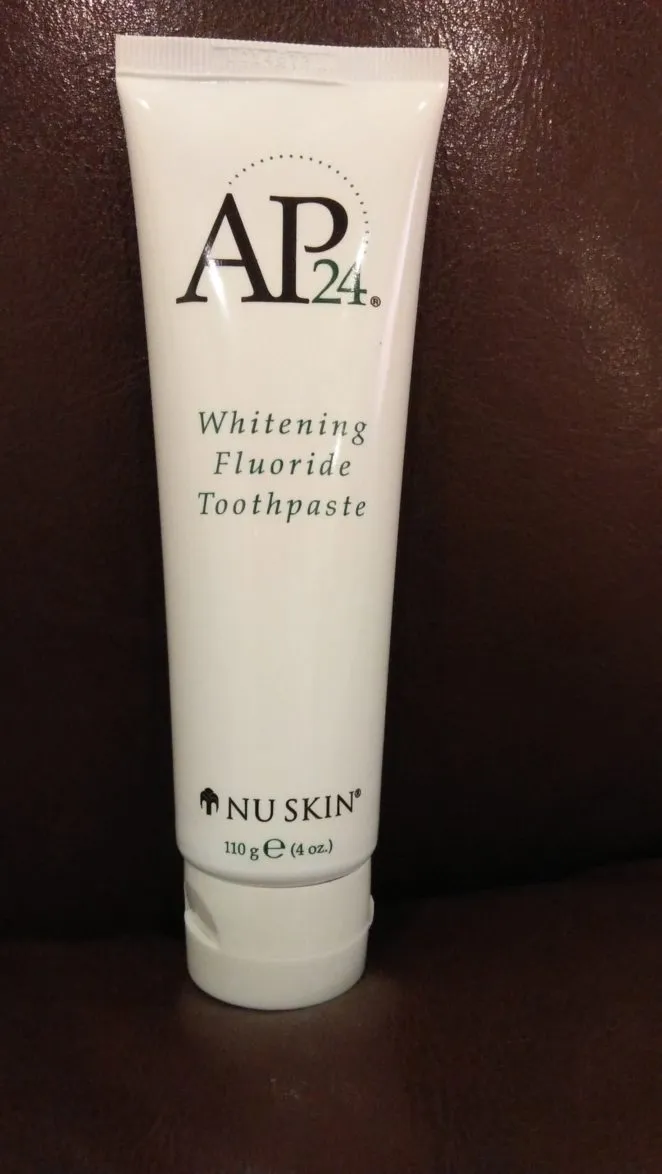
When choosing whitening toothpaste, consider several factors to ensure you’re making the best choice for your needs. Evaluate the type of stains you want to address; surface stains respond better than intrinsic ones. Check the ingredients list for the presence of abrasive agents, and look for those with a moderate level of abrasiveness. Hydrogen peroxide or carbamide peroxide can provide stronger whitening effects, but be aware of potential sensitivity. Read reviews and consult with your dentist to get recommendations tailored to your specific oral health. The goal is to select a toothpaste that effectively removes stains without causing undue sensitivity or damaging your enamel. Always prioritize a product that offers comprehensive oral care, including fluoride for cavity prevention.
Ingredients to Look For
When selecting a whitening toothpaste, certain ingredients are beneficial. Look for abrasive agents like hydrated silica, which gently remove stains. Hydrogen peroxide or carbamide peroxide are effective bleaching agents. Fluoride is crucial for strengthening enamel and preventing cavities, providing a dual benefit for oral health. Certain toothpastes also contain ingredients to reduce sensitivity, such as potassium nitrate. Ensure the toothpaste has a low Relative Dentin Abrasivity (RDA) value if you have sensitive teeth. By choosing a toothpaste with these ingredients, you can maximize its effectiveness while protecting your oral health. Always follow the manufacturer’s instructions and consult your dentist for personalized advice.
Ingredients to Avoid
When choosing a whitening toothpaste, it is also important to consider ingredients to avoid or use with caution. High RDA values, indicating high abrasiveness, can potentially damage your enamel over time, particularly if you brush too hard. Avoid toothpastes with harsh chemicals if you have sensitive teeth or gums, and check the ingredient list for any potential allergens or irritants. Certain toothpastes may contain artificial colors or flavors that could cause sensitivity. Always research the ingredients and read reviews before making a decision. If you have specific dental concerns, such as enamel erosion or gum recession, consult your dentist for personalized recommendations.
Maintaining Your Whitening Smile
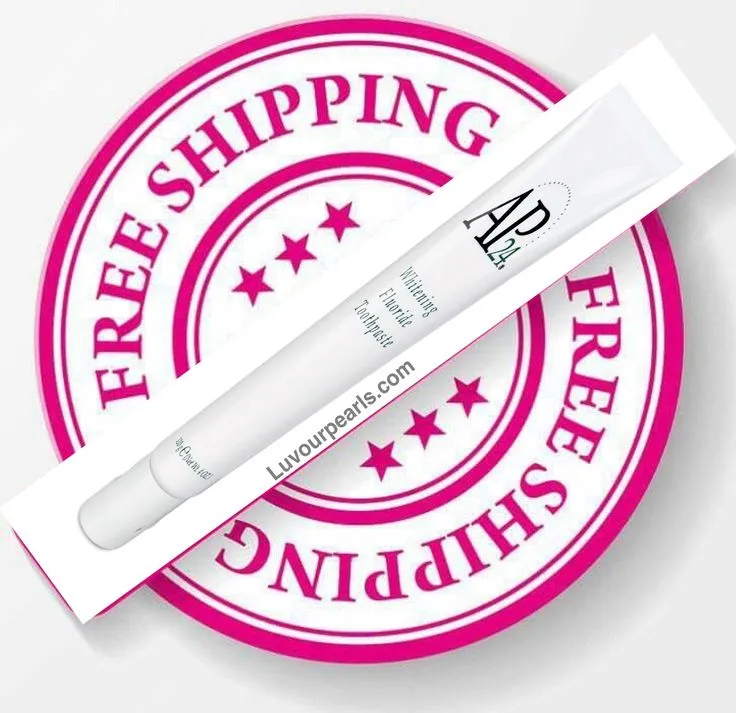
Once you’ve achieved a whiter smile, maintaining it requires a consistent approach to oral hygiene and lifestyle choices. Regular brushing with a whitening toothpaste can help maintain the brightness. Additionally, flossing daily removes plaque and debris, preventing new stains from forming. Regular dental checkups and cleanings are essential for removing any stubborn stains and assessing your overall oral health. Adjusting your diet and lifestyle can also play a crucial role in preventing stains. By adhering to a comprehensive oral care routine, you can prolong the benefits of whitening toothpaste and enjoy a consistently brighter smile.
Oral Hygiene Routine
Maintaining a bright smile requires a dedicated oral hygiene routine. Brush your teeth at least twice a day for two minutes using a whitening toothpaste. Ensure you brush all surfaces of your teeth, including the front, back, and chewing surfaces. Floss daily to remove plaque and food particles from between your teeth and under your gumline, where a toothbrush cannot reach. Rinse with an alcohol-free mouthwash to further reduce bacteria and freshen your breath. Regular dental checkups and professional cleanings every six months are crucial for removing stubborn stains and tartar build-up. Combining all these practices establishes the best foundation for preserving your smile’s radiance.
Diet and Lifestyle
Diet and lifestyle choices significantly impact the longevity of a white smile. Limit or avoid foods and drinks that stain teeth, such as coffee, tea, red wine, and dark berries. If you consume these, brush your teeth soon afterward or rinse your mouth with water. Avoid smoking, as it is a major cause of tooth discoloration. Staying hydrated by drinking plenty of water helps rinse away food particles and keeps your mouth clean. Chewing sugar-free gum after meals can stimulate saliva production, which helps to neutralize acids and wash away stains. Making these adjustments can greatly contribute to maintaining your bright, white teeth.
Professional Advice

For the best results and to ensure your oral health, seek professional advice from your dentist. They can assess your teeth and gums, recommend the most suitable whitening toothpaste, and address any underlying issues that might affect the effectiveness of the product. Your dentist can also provide professional teeth-whitening treatments, which can offer more significant results than over-the-counter options. Regular dental checkups and cleanings are essential for maintaining oral health. Your dentist can also offer personalized advice on oral hygiene practices, dietary adjustments, and lifestyle changes to help you achieve and maintain a brighter, healthier smile. Always follow your dentist’s recommendations for the best results.
